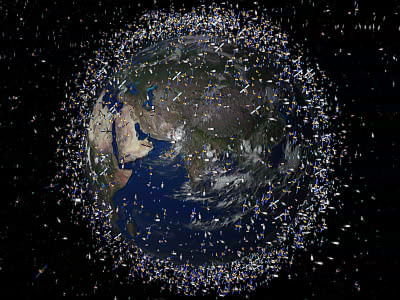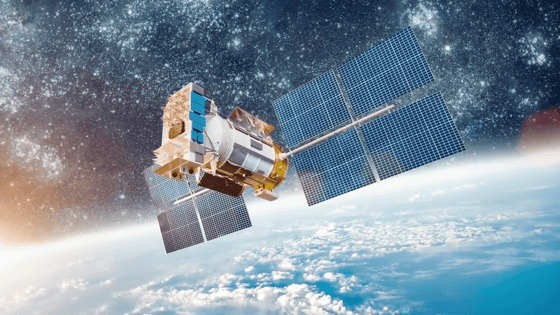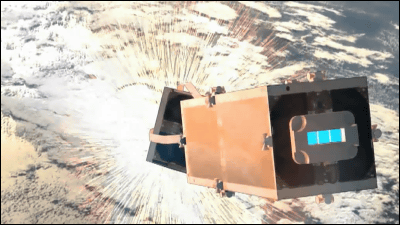What is the 'Kessler Syndrome' that accelerates the amount of space debris floating around the Earth?

'
Why don't we send our trash to space? - Jim Bentley and Imogen Ellen Napper - YouTube
Over the decades since space exploration began, countless pieces of space debris have been released into space, including tools lost by astronauts during missions, spent rocket fuel tanks, and satellites that have ceased operation or been destroyed. It is estimated that there are 2,600 defunct satellites orbiting Earth, 10,000 objects larger than a monitor, 20,000 objects larger than an apple, 500,000 marble-sized objects, and 100 million objects so small they cannot be tracked. These debris pose a significant threat to future space exploration.
Space debris could destroy communication satellites and GPS, sending our lives back to the 1970s and bringing all space development to a halt - GIGAZINE

by MikesPhotos
Most space debris burns up in the atmosphere and does not fall to Earth. However, there have been many cases where pieces of satellites have not burned up and fallen to Earth, and the danger increases as the number of space debris increases.

One of the biggest problems with space debris is the '

Every time a satellite is launched, a lot of space debris is generated, including rocket parts and fuel that are separated, raising concerns about the Kessler Syndrome. To mitigate this problem, various efforts are being made to prevent the accumulation of space debris, such as research into systems that can launch more than 100 satellites in a single launch, NASA's efforts to continue using satellites that have been launched by refueling, inspecting, and repairing them rather than simply abandoning them, and designs that automatically re-enter Earth's atmosphere when satellites reach the end of their lifespan.
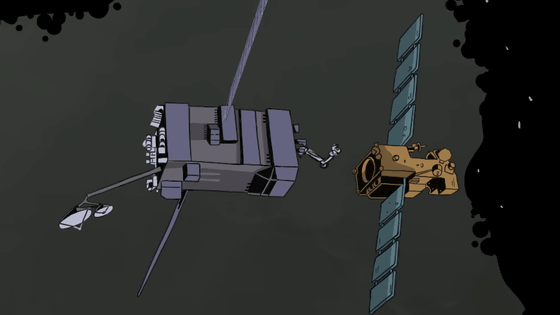
Various methods are being explored to directly remove space debris, including building a giant laser facility in space to blow space junk out of Earth's orbit, a harpoon-like device being developed by European aerospace giant Airbus that pierces and retrieves space debris, and a sci-fi-esque tractor beam that attracts space debris.
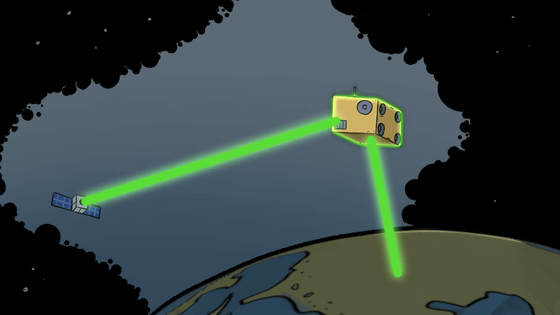
Research into ways to prevent space debris from being produced and technologies to remove it is progressing, but about 1 million pieces of space debris are fragments about 1 cm in diameter, and it is difficult to capture and remove such small pieces. Even such small pieces have enough energy to cause serious damage to operational satellites, so it is thought that more detailed cleaning technologies and care to prevent the Kessler syndrome will be necessary in the future.

Related Posts:
in Free Member, Video, Science, Posted by log1e_dh


